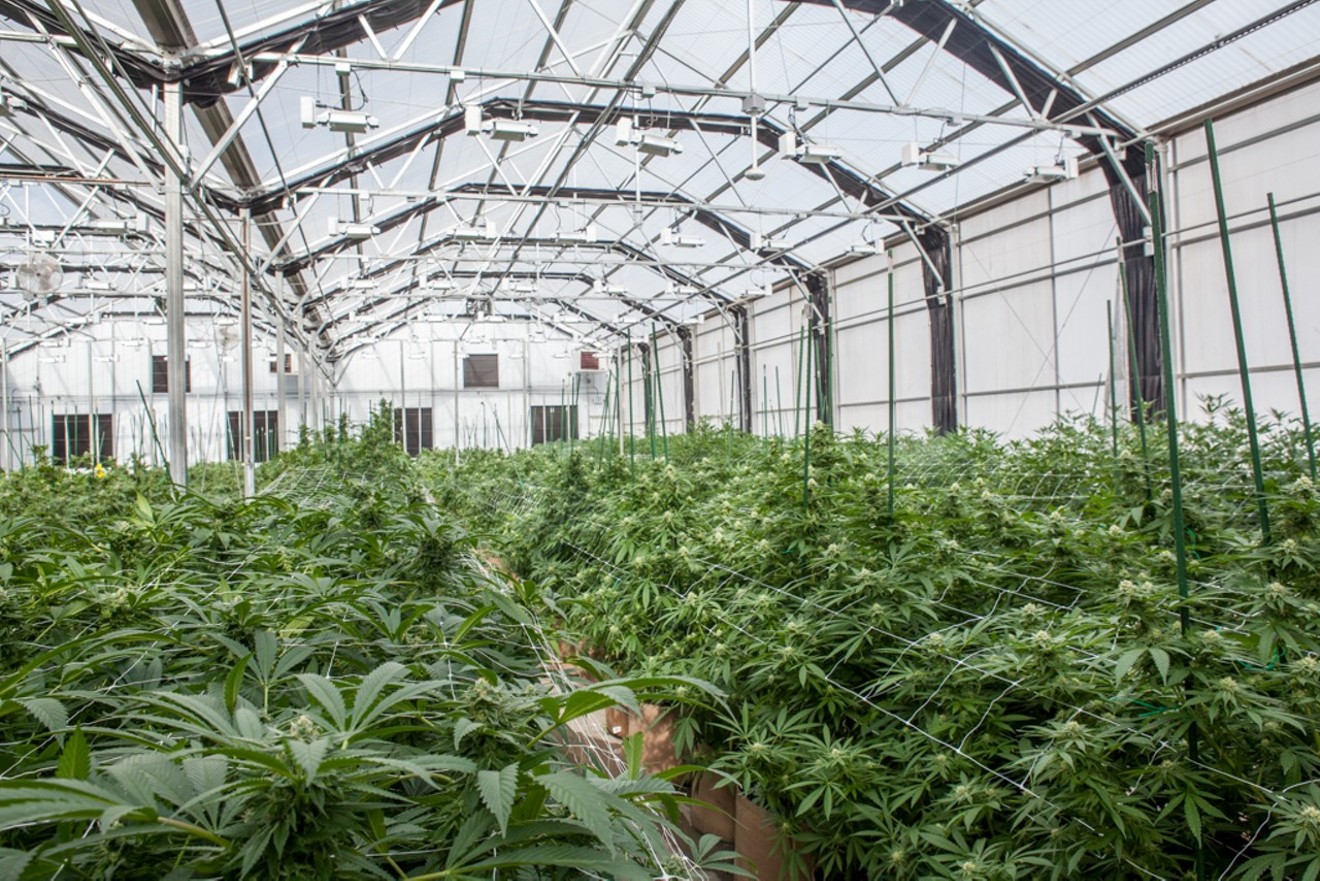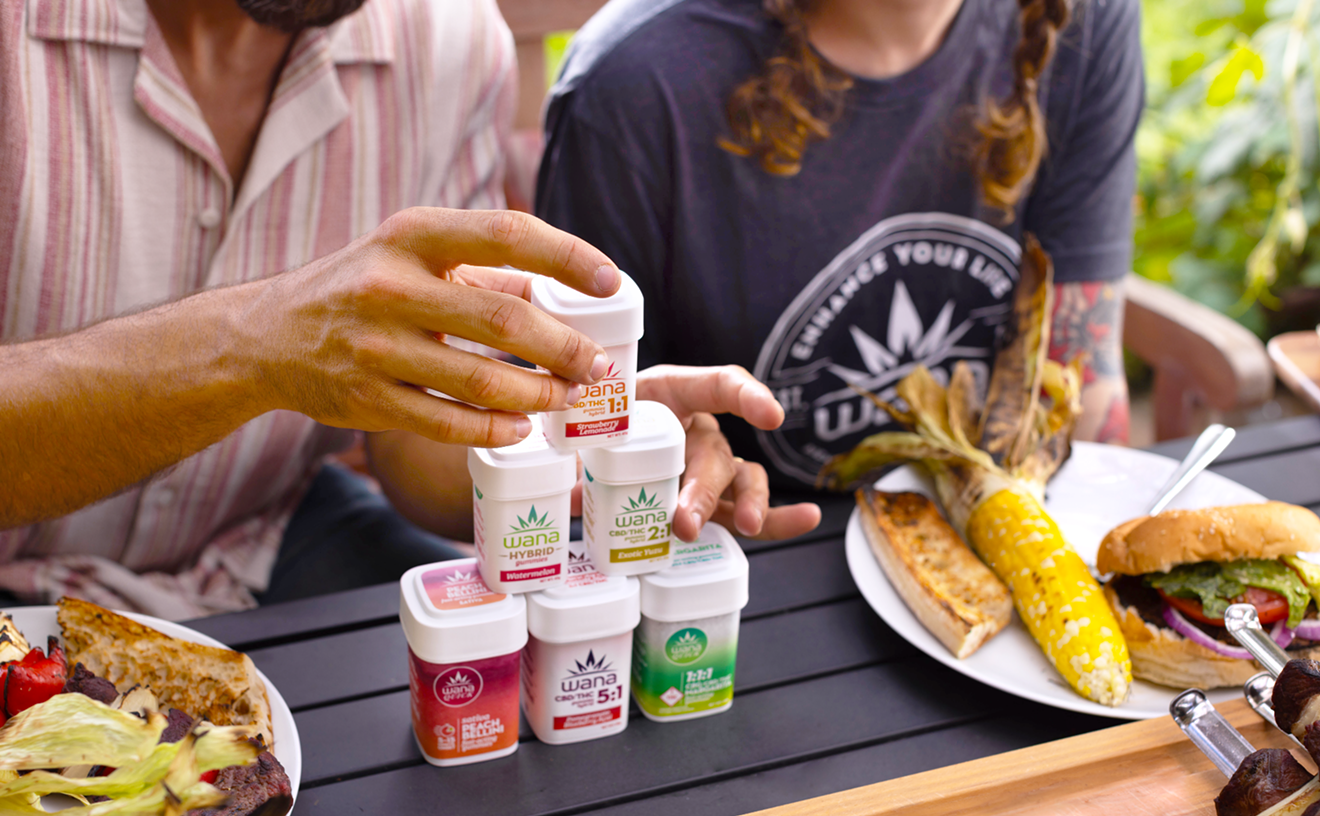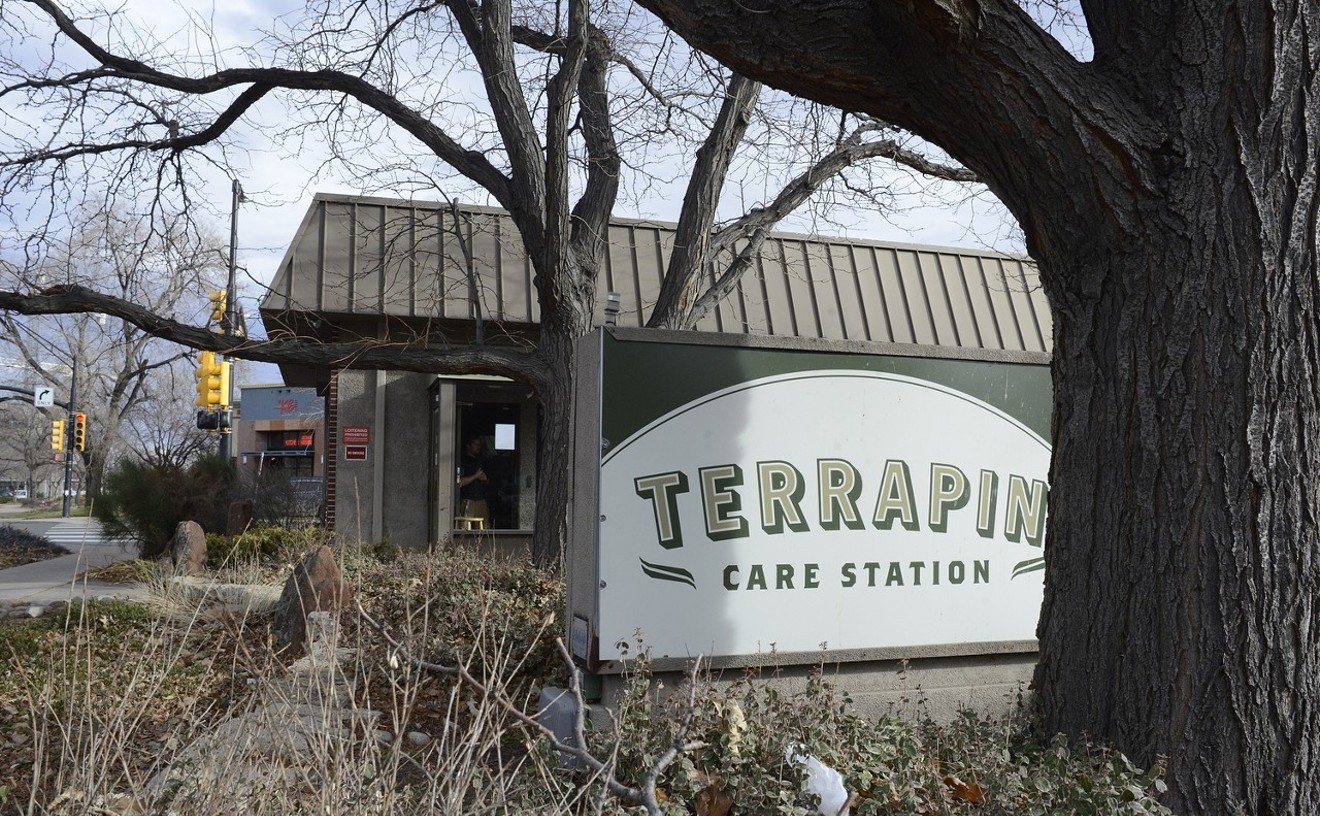The study, published in the March 8 edition of Nature Sustainability, revealed that 1.3 percent of Colorado's total annual emissions come from the marijuana industry, with greenhouse gases largely produced by indoor cultivations that depend on HVAC systems, artificial grow lights and CO2 used as a fertilizer to increase plant yield.
Like other forms of indoor agriculture and consumer-driven farming, marijuana cultivation requires numerous resources to function at an optimal level. To further understand the impact, lead researchers Hailey Summers and Jason Quinn of CSU's Department of Mechanical Engineering modeled an HVAC (heating, ventilation and air conditioning) system in a 15,000-square-foot warehouse to mimic the conditions of indoor growing facilities. By analyzing commercial marijuana yield in warehouse conditions and other modeling inputs like temperature and humidity, Summers and Quinn then ran that model around U.S. marijuana markets to scale their findings appropriately.
Summers believes that Colorado's cannabis boom is a positive thing, but argues that growers and business owners can hold themselves and policymakers more accountable by implementing better environmental practices. The state Marijuana Enforcement Division has loosened regulations surrounding production waste removal and package recycling in the marijuana industry over the past year, but has stated that business owners as a whole have been slow to adopt them.
There are currently 720 licenses for retail cultivation facilities in Colorado, according to the MED, with the vast majority of those operating indoors. Switching to greenhouses, LED lights and more conscious energy consumption are a good start, but converting to more sustainable growing environments presents a different set of challenges. Outdoor cultivation, which Summers believes is better for the environment, is not currently a realistic option for many growers looking for the best potency and flavor. On top of that, the majority of local municipalities ban outdoor growing in Colorado, and the weather is turbulent during the beginning and end of marijuana growing season, with snowfalls common in April and October.
Access to cleaner energy sources is another problem, Summers adds. According to her study, southern California has the lowest level of greenhouse gas emissions from indoor cannabis cultivation because of the large amount of solar energy available in the state. Despite being billed as a state with 300 days of sunlight, Colorado's pot industry pumps out around 45 percent more emissions than southern California's, her research shows.

A map of greenhouse emissions from indoor cannabis growth facilities across the U.S.
Nature Sustainability/Hailey Summers
Ben Gelt, chair of the City of Denver's Cannabis Sustainability Work Group and founder of the Cannabis Certification Council, an organization that holds the annual Cannabis Sustainability Symposium in Denver, says that although CSU's research is important, it doesn’t fairly credit the work poured into prioritizing sustainability within the marijuana industry. Unlike other lines of agricultural production, marijuana cultivations lack federal government support and environmental rules specifically made for cannabis, and those crafted by the state are still limited.
“It seems a bit premature and also heavy-handed,” he says, arguing that growing operators who want to follow more sustainable practices need more help from local and state regulations as they wait on federal legalization.
L'Eagle dispensary co-owner Amy Andrle, a member of Denver’s Cannabis Sustainability Work Group, implemented several changes to her production facility to become a Certified Clean Green business by the City of Denver for the past four years, using LED lights, composting waste and working with local vendors to reduce travel. But strict production, labeling and packaging rules mandated by the state cause extra layers of waste, she says, even with the new rules adopted by the MED
“We don’t have all of the resources we need,” she explains. “Cannabis was forced into indoor cultivation. We try to solve our problems where we can.”
Summers believes more sustainable growing practices could help growers make more money in the long run, but ultimately agrees that it’s on state lawmakers to enact legislation and policy. “We’re just trying to help collectively make this industry the best it can be,” she says.












